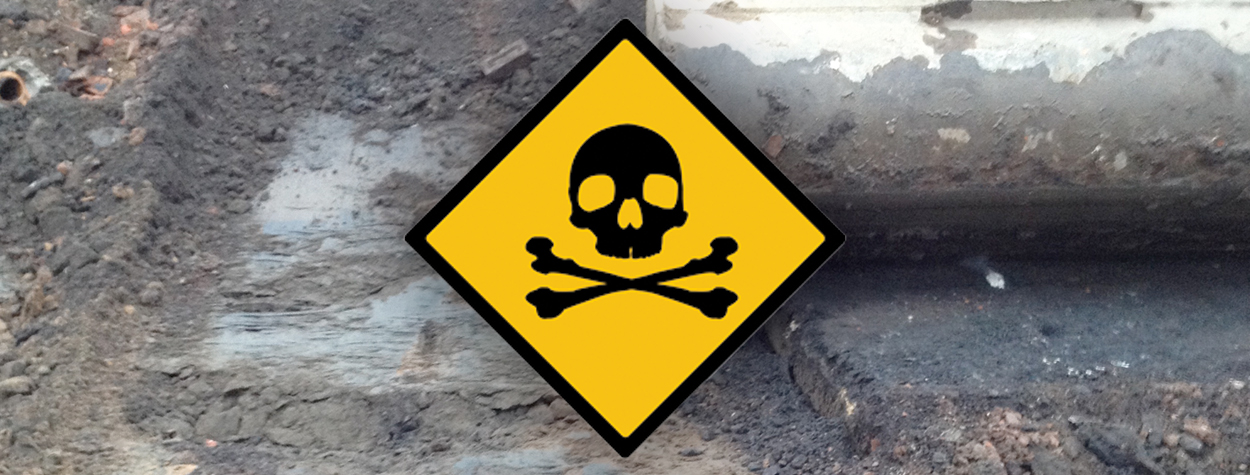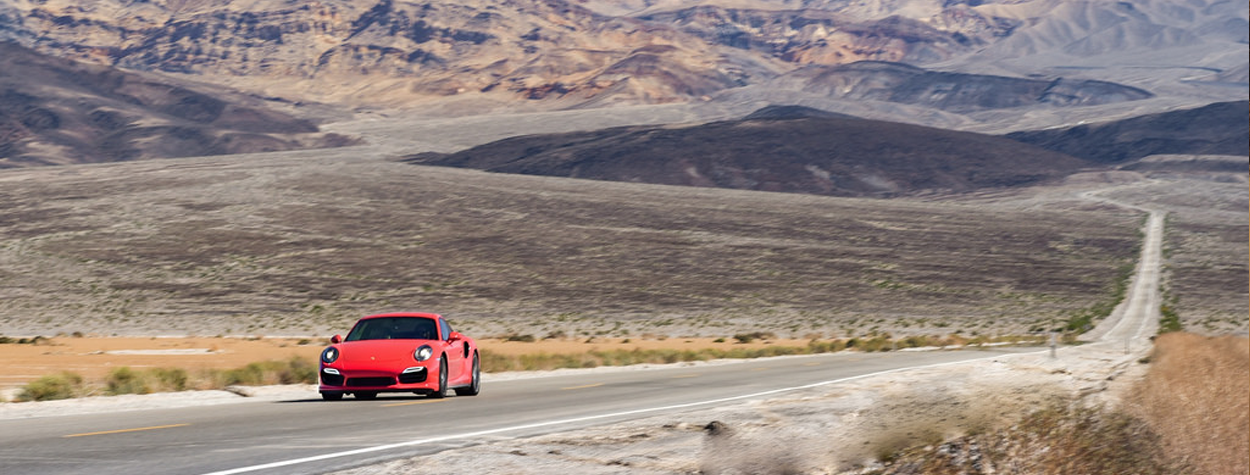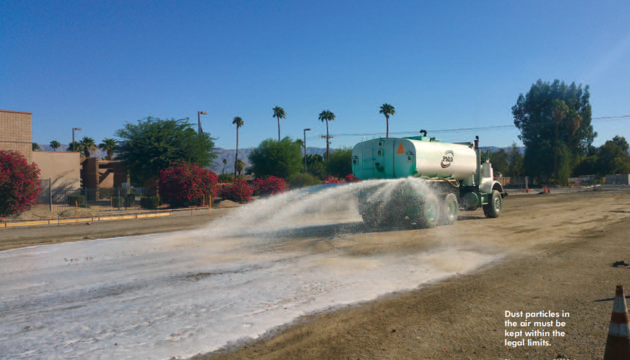A very real environmental danger is the development and/or discovery of a contaminated ecological site. In extreme cases, these plots of land are labeled as a Superfund site, which is becoming an epidemic of sorts throughout the United States. After years of environmental improprieties by business entities and/or property owners, Superfund sites – uncontrolled or abandoned parcels of polluted land – are hazardous to the local ecology and the health of people living near or associated with the contaminated site.
If a property has been labeled as a Superfund site it’s due to the fact that it’s been “discovered” and the federal government has stepped in and called for remedial action.
The United States Environmental Protection Agency (EPA) defines a Superfund site as: any land in the United States that has been contaminated by hazardous waste and identified by the EPA as a candidate for cleanup because it poses a risk to human health and/or the environment. These sites are placed on the National Priorities List (NPL).
If you’re feeling adventurous, or are just curious, you can search a database to find Superfund sites throughout the country by entering any state here.
What does all this mean? Well, from one vantage point, it means that there are countless other areas of harmful contamination that haven’t been found, and/or are being handled at the state or local (town) level.
So, whether they’re being combatted by EPA initiatives or by a local/state source, contaminated sites need to be handled with care. Stirring up the earth in or directly around a tainted property can cause even more harm if not thoroughly thought out prior to attack. For instance, when you start physically moving earth, it’s just plain common sense, that soil particles, contained gasses, embedded molds, asbestos remnants, and other environmentally compromising matter may take to the air, or, further, find their way into the watershed given certain agitations. Entering the air or water poses serious threat to the health of the surrounding population and eco-environment.
Enter Global Environmental Services (GES). When careful and strategical prepping to properly remediate a contaminated parcel of land is required, GES has scientifically proven products and application technologies are best suited for the job, best suited for the environment as well. That’s at the core of our mission. Literally.
We’ve successfully provided product such as our DirtGlue line of products that work very well at containing contaminated material either permanently onsite (when and where appropriate), or that can be used to contain the contaminated material (dust prevention and sediment/erosion prevention) as the material is being moved or removed for remediation.
So, whether you’re a representative or contractor working on a government sanctioned Superfund site, or you’ve been faced with the task of tackling a similar situation on the state and/or local level, keep GES in mind when it comes to bringing successful project goals for a less than desirable circumstance, to fruition. We’re here to help: For the earth, with the earth in mind.



 It was February when the problems started. Just north of Sacramento, nestled among outdoor recreation areas, the Oroville Dam started falling apart. The world’s tallest dam’s main spillway partially collapsed; dam managers started using an emergency spillway that sent water down a bare hillside, which quickly eroded. As 200,000 people were evacuated downstream with more rain on the way, a problem with dust probably wasn’t on the minds of the folks at the California Department of Water Resources (DWR).
It was February when the problems started. Just north of Sacramento, nestled among outdoor recreation areas, the Oroville Dam started falling apart. The world’s tallest dam’s main spillway partially collapsed; dam managers started using an emergency spillway that sent water down a bare hillside, which quickly eroded. As 200,000 people were evacuated downstream with more rain on the way, a problem with dust probably wasn’t on the minds of the folks at the California Department of Water Resources (DWR). Chris Rider was featured prominently in the March/April edition of Soil Erosion & Hydroseeding Magazine. The article, “A Sticky Business” is an in-depth conversation regarding tackifiers and how to properly and responsibly take control of the earth causing potential difficulty within the environmental confines of your project.
Chris Rider was featured prominently in the March/April edition of Soil Erosion & Hydroseeding Magazine. The article, “A Sticky Business” is an in-depth conversation regarding tackifiers and how to properly and responsibly take control of the earth causing potential difficulty within the environmental confines of your project.